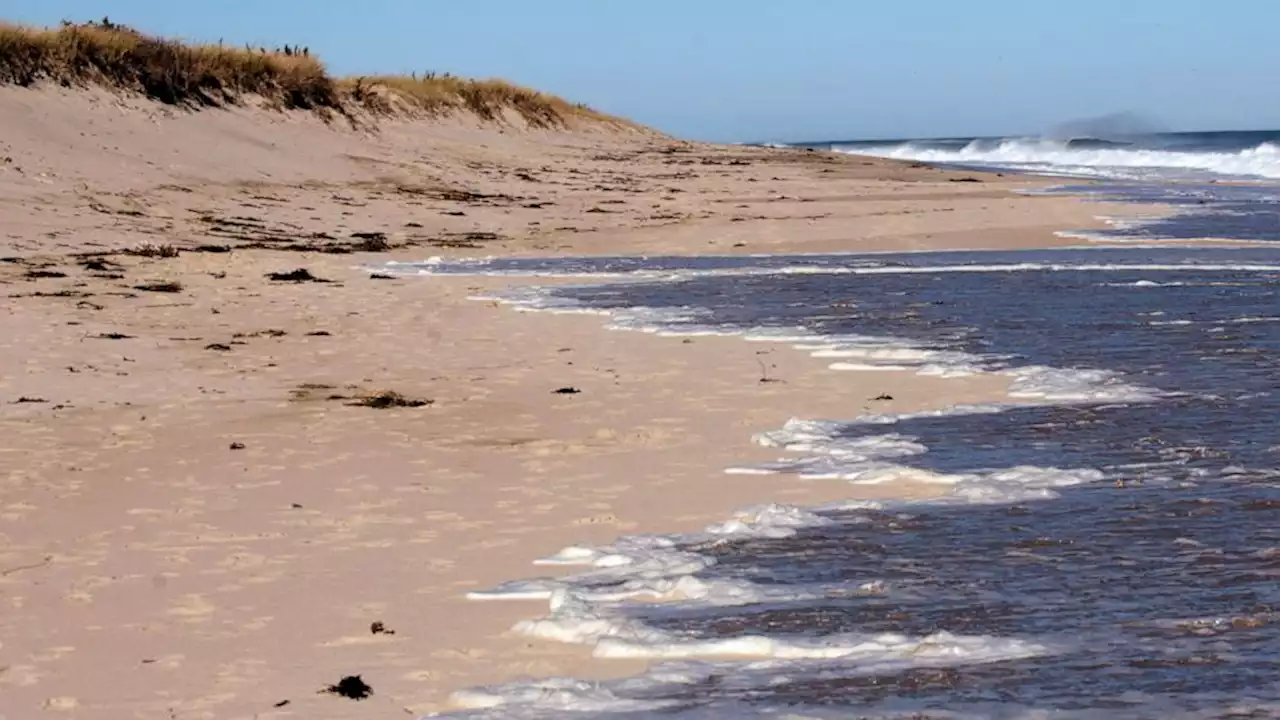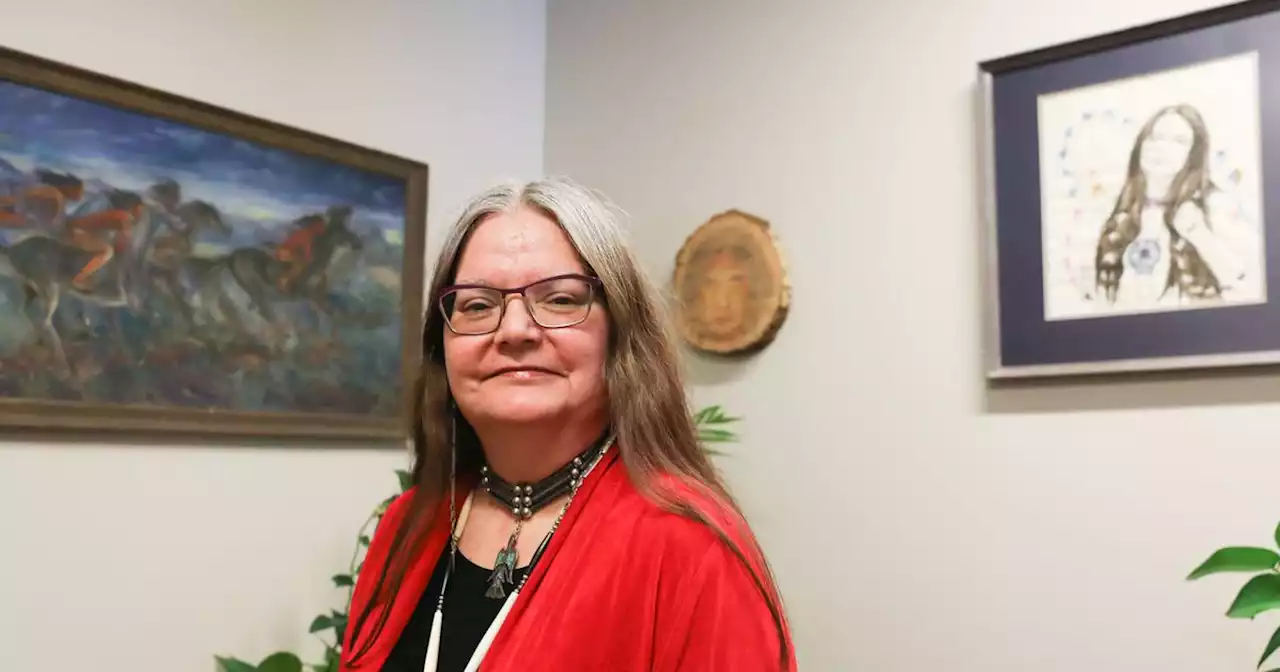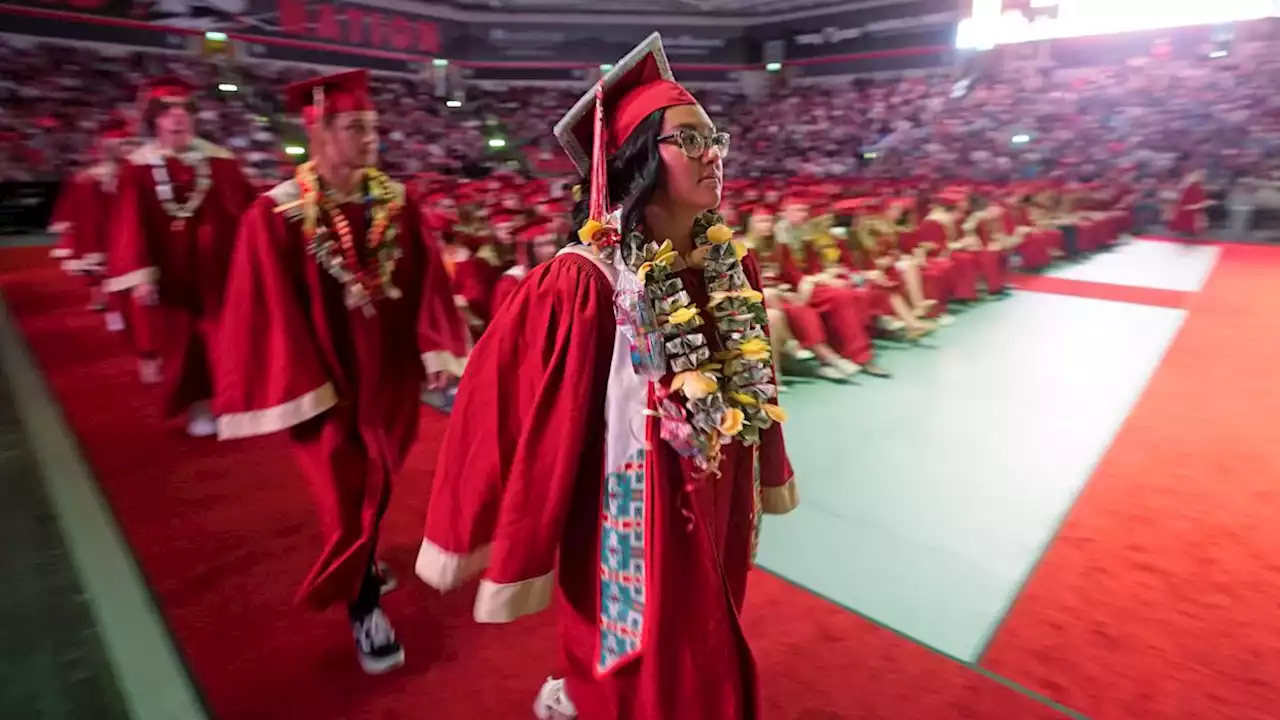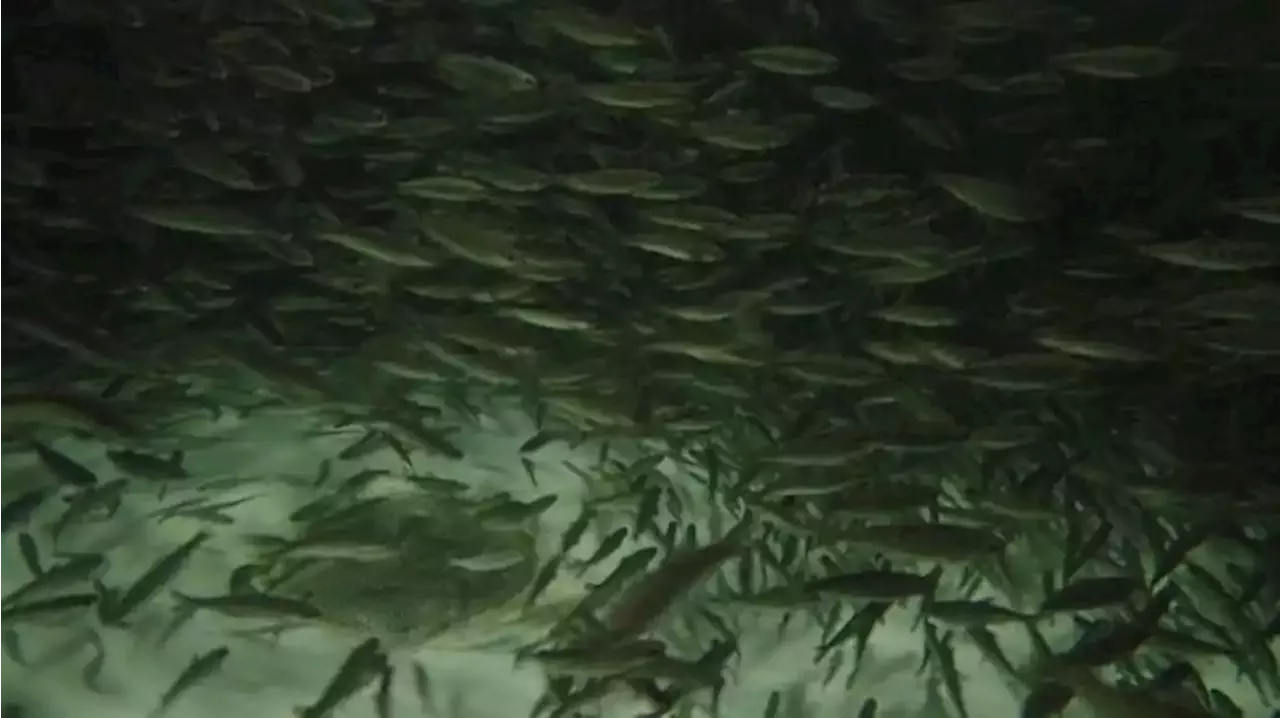The U.S. government promised Native tribes in the Pacific Northwest that they could keep fishing as they’d always done. But instead of preserving wild salmon, it propped up a failing system of hatcheries. From OPB & propublica
Tens of thousands of juvenile king salmon are kept in cold water tanks at DIPAC’s largest hatchery in Juneau. to receive stories like this one in your inboxThe fish were on their way to be executed. One minute, they were swimming around a concrete pond. The next, they were being dumped onto a stainless steel table set on an incline. Hook-nosed and wide-eyed, they thrashed and thumped their way down the table toward an air-powered guillotine.
Today, there are hundreds of hatcheries in the Northwest run by federal, state and tribal governments, employing thousands and welcoming the community with visitor centers and gift shops. The fish they send to the Pacific Ocean have allowed restaurants and grocery seafood counters to offer “wild-caught” Chinook salmon even as the fish became endangered.
In recent years, salmon survival has dropped to some of the worst rates on record. The numbers of returning adult salmon have been so low that dozens of hatcheries have struggled to collect enough fish for breeding, putting future fishing seasons in jeopardy. “We want to stay nimble,” she said. “In some cases you may want to change the goal of the hatchery. If you find that you need to rely on it to keep a population from going extinct, you’re going to operate that hatchery program differently.”
Some die-off is natural. But the dismal survival rates of salmon bred on the Columbia today are neither natural nor sustainable. That 4% goal was established for wild populations, but in a 2015 report to Congress, 17 scientists recommended that survival rates of hatchery fish would have to be high relative to wild fish “to effectively contribute to harvest and/or conservation.”
But major shortages across the Columbia basin in 2018 and 2019 left hatcheries scrambling to find enough egg-bearing female fish. Tribal hatcheries, which are located farther upriver where salmon face a longer, harder journey, bore the brunt. They’ve beenIn 2019, Idaho’s Nez Perce Tribe needed an influx of hundreds of fish from hatcheries 300 miles away in Washington to keep breeding salmon.
“That defeats the purpose. That ceremony was for that first food coming up the river,” Patterson said. “It’s just … kinda backwards.”From the very start, federal agencies had evidence of hatcheries’ failures. But they didn’t leave themselves any other solutions. But the early hatchery efforts faded. By the 1920s, the first analysis of hatcheries at the time found “no evidence” to suggest hatcheries had effectively conserved salmon. Similar research reached the federal Department of Fisheries, a precursor to what is now NOAA Fisheries, in 1929. Amid the poor results and the Great Depression, state and federal fisheries agencies largely abandoned costly large-scale efforts to breed salmon.
Biologists for the Fish and Wildlife Service knew at the time there was no evidence to suggest hatcheries could make up for the impact. But four of those scientists, including the author of the 1920s research casting doubt on hatcheries, suggested hatcheries anyway; after seeing the government’s plans for dam construction, biologists knew that preserving existing salmon runs would be essentially impossible.
“Without infusing hatcheries, from time to time, with better-fit fish,” Jones said, “hatchery fish might taper off and not return anymore. Because their fitness is just so poor.” “Scientists and fish culturists should be concerned about the findings of three independent scientific panels that concluded hatcheries have generally failed to meet their objectives,” they wrote.in 2000, aiming to minimize competition between wild and hatchery fish and to keep weaker hatchery-fish genes out of the wild.
Purcell said NOAA has for many years been backlogged in reviewing hatcheries to make sure their breeding programs adequately protected wild fish. Those delays left hatcheries exposed to lawsuits from environmental groups that have blocked or reduced releases of hatchery fish. Purcell said the agency to date has reviewed about 75% of hatchery programs across Oregon, Washington, California and Idaho.
The Wenatchi people, part of 12 bands making up the Colville Tribes, spent decades battling in court to reclaim their legal right to fish for salmon in Icicle Creek.“Our warmer ocean waters don’t allow our fish to get here,” Whalawitsa said. But Crozier’s study also recommended “desperately needed” actions to restore freshwater habitat, improve river flows and change hatchery practices to give salmon a better chance in the ocean.
Officials at federal agencies governing hatcheries said they know salmon survival needs to improve, but demurred when asked about adopting the strategies Berejikian mentioned. Purcell, the NOAA hatcheries official, said her agency is limited in what it can require of hatcheries if the changes aren’t directly impacting an endangered population. And, because most of the region’s hatchery facilities are between 40 and 100 years old, she said recommended improvements like more natural rearing conditions “are not an option without a major rebuild.
More than a decade ago, Whalawitsa and his son Chris began fishing beside the Leavenworth National Fish Hatchery, where the current system only supports about half the promised production levels. Oregon Public Broadcasting and ProPublica obtained data from Columbia Basin Research at the University of Washington describing fish in several salmon and steelhead trout populations that were embedded with electronic tags. Tagged fish can be detected by special technology, often at dams, and tag data can provide a window into fish migration and survival.
United States Latest News, United States Headlines
Similar News:You can also read news stories similar to this one that we have collected from other news sources.
 Seaside towns offer free beach passes to Native AmericansSeaside communities in New England are providing free beach access to Native Americans as the summer season kicks off this Memorial Day weekend.
Seaside towns offer free beach passes to Native AmericansSeaside communities in New England are providing free beach access to Native Americans as the summer season kicks off this Memorial Day weekend.
Read more »
 Diablo Immortal will launch with native voice chat transcription and speech-to-textWith controller support and remappable keybinds
Diablo Immortal will launch with native voice chat transcription and speech-to-textWith controller support and remappable keybinds
Read more »
 Native American course in Texas doesn’t need political rancorProponents of a pilot program offering a course in Native American studies to high school students in Grand Prairie hope to gain approval from the State Board...
Native American course in Texas doesn’t need political rancorProponents of a pilot program offering a course in Native American studies to high school students in Grand Prairie hope to gain approval from the State Board...
Read more »
 El Cajon native Christian Craig opens national motocross series at Pala eventNow 30, Craig feels he's just getting started in world of all-terrain motorcycles
El Cajon native Christian Craig opens national motocross series at Pala eventNow 30, Craig feels he's just getting started in world of all-terrain motorcycles
Read more »
 Native students exercise right to wear regalia at graduationShe walked up a red carpet and crossed a stage to accept her diploma wearing an eagle feather beaded onto her cap that her mother had gifted her. Amryn Tom graduated this week from southern Utah's Cedar City High School. For the Paiute Indian Tribe of Utah and other Native Americans, eagle feathers of the variety Tom wore are sacred items passed down through generations, used at ceremonies to signify achievement and connection with the community.
Native students exercise right to wear regalia at graduationShe walked up a red carpet and crossed a stage to accept her diploma wearing an eagle feather beaded onto her cap that her mother had gifted her. Amryn Tom graduated this week from southern Utah's Cedar City High School. For the Paiute Indian Tribe of Utah and other Native Americans, eagle feathers of the variety Tom wore are sacred items passed down through generations, used at ceremonies to signify achievement and connection with the community.
Read more »
